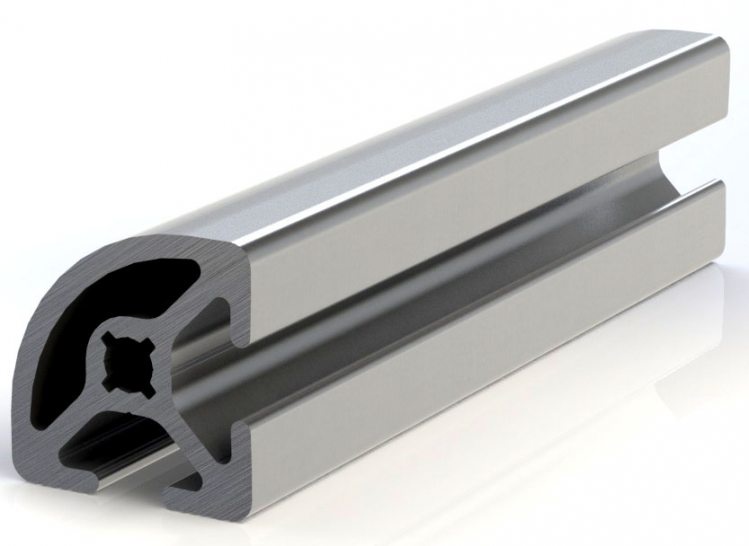Are you a proud owner of an aluminium boat?
If so, you probably know that one of the best things about these vessels is their durability and resistance to corrosion.
However, over time, the paint on your boat may start to fade or chip away, leaving it looking dull and worn out.
But fear not!
With a little bit of knowledge and the right tools, you can easily give your aluminium boat a fresh new look with a coat of paint.
Before we dive into the process of painting an aluminium boat, let's take a moment to understand why it's important to use the right type of paint for this particular material.
Aluminium is a non-ferrous metal that is known for its lightweight and high strength-to-weight ratio. It also has excellent corrosion resistance due to its natural oxide layer.
However, this oxide layer can make it challenging for paint to adhere properly.
To overcome this challenge, it is crucial to choose a paint specifically designed for aluminium surfaces. Look for marine-grade paints that are formulated with special additives to improve adhesion and provide long-lasting protection against water and UV rays. These paints are often referred to as "aluminium boat paints" or "marine coatings."
Now that we have our paint selected let's move on to the step-by-step process of painting your aluminium boat:
Step 1: Preparation
As with any painting project, preparation is key. Start by thoroughly cleaning the surface of your boat using a mild detergent and water. Remove any dirt, grease, or other contaminants that could interfere with paint adhesion. You may need to use a scrub brush or sponge to tackle stubborn stains.
Once your boat is clean, rinse it off with fresh water and allow it to dry completely before moving on to the next step. This will ensure that there is no moisture trapped under the paint, which could lead to blistering or peeling.
Step 2: Sanding
To promote better adhesion, it is essential to roughen up the surface of your boat before applying the paint. This can be done using sandpaper or a sanding block. Start with a medium-grit sandpaper (around 80-120 grit) to remove any loose paint or oxidation. Then, switch to a finer-grit sandpaper (around 220-320 grit) to create a smooth and even surface.
Be sure to wear protective gloves and a dust mask while sanding to avoid inhaling any particles or getting them on your skin. Once you are done sanding, wipe down the boat with a clean cloth to remove any dust or debris.
Step 3: Priming
Priming is an essential step when painting aluminium boats as it helps improve adhesion and provides an additional layer of protection against corrosion. Choose a primer specifically formulated for aluminium surfaces and apply it according to the manufacturer's instructions.
Using a brush or roller, apply an even coat of primer over the entire surface of your boat. Make sure to cover all areas, including hard-to-reach spots and corners. Allow the primer to dry completely before moving on to the next step.
Step 4: Painting
Finally, it's time for the fun part – painting your aluminium boat! Before you start, give your chosen paint a good stir or shake to ensure that all the pigments are well mixed. Then, using a brush, roller, or spray gun (depending on your preference), apply an even coat of paint over the primed surface.
Start from one end of the boat and work your way towards the other end in long, smooth strokes. Take care not to overload your brush or roller with too much paint as this can lead to drips and uneven coverage. If using a spray gun, make sure to maintain an appropriate distance from the surface for optimal results.
Once you have applied one coat of paint, allow it to dry according to the manufacturer's instructions. Depending on the type of paint you are using, you may need to apply multiple coats for full coverage and durability. Be sure to sand lightly between each coat to create a smooth finish.
Step 5: Finishing touches
After you have applied the desired number of paint coats and allowed them to dry completely, it's time for the finishing touches. Inspect your boat for any imperfections or areas that may need touch-ups. Use a fine-grit sandpaper to smooth out any rough spots or drips.
If desired, you can also apply a clear topcoat or varnish over the painted surface to provide additional protection and enhance the shine of your boat. Again, make sure to follow the manufacturer's instructions for application and drying times.
And there you have it – a beautifully painted aluminium boat ready to hit the water! With proper preparation and the right materials, painting an aluminium boat can be a rewarding DIY project that will breathe new life into your vessel.
Remember, regular maintenance is crucial to keep your newly painted boat looking its best. Wash it regularly with mild soap and water, and avoid abrasive cleaners or brushes that could damage the paint. Additionally, inspect your boat annually for any signs of wear or corrosion and address them promptly to prevent further damage.
So go ahead, unleash your inner artist and transform your aluminium boat into a stunning masterpiece that will turn heads wherever you go! Happy painting!


No comments yet